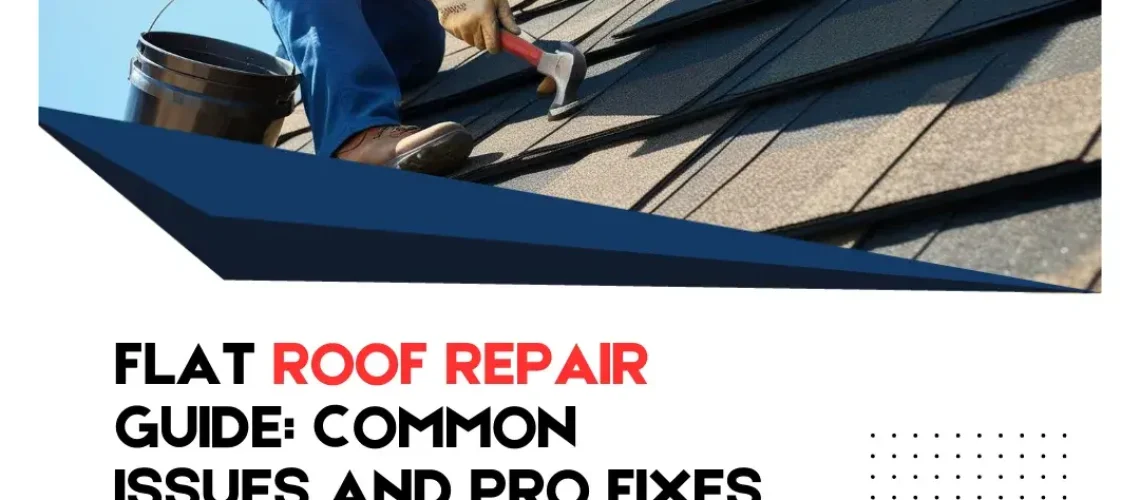Flat roofs are known for their sleek appearance and space-efficient design, but they require a unique approach to maintenance and repair. Because of their minimal slope, these systems are more susceptible to pooling water, membrane damage, and structural stress. Understanding the most frequent problems and how professionals address them can help you stay ahead of costly deterioration. A timely Roof Repair can restore integrity and extend the life of your flat roofing system.
Ponding Water and Drainage Failures
Standing water is one of the most common issues on flat roofs. When the surface isn’t properly sloped or drains are blocked, water can pool and break down the roofing membrane. Over time, this weakens the material and can lead to leaks and sagging. Professional roofers often resolve this by adjusting the slope, unclogging drainage systems, or applying tapered insulation. In many cases, they’ll also reinforce seams to improve long-term water resistance after the Roof Repair.
Membrane Cracks, Blisters, and Punctures
Weather fluctuations and foot traffic can cause the surface of a flat roof to crack, blister, or develop small punctures. These vulnerabilities allow moisture to seep through and cause interior damage. Roofing specialists address these issues by using compatible materials to patch the affected areas, applying heat-welded repairs, or resurfacing larger sections. Identifying membrane damage early prevents it from spreading and helps preserve your building’s insulation and interior structures.
Flashing and Edge Detailing Problems
Flashing plays a crucial role in protecting the edges, walls, and penetrations of a flat roof. Improper installation or aging materials can cause the flashing to separate, allowing water intrusion at vulnerable points like HVAC units, vents, or skylights. Repairing or replacing flashing requires precision to ensure a watertight seal. Professionals often upgrade edge details with reinforced materials or modern flashing systems to improve durability and prevent recurring leaks.
Proactive Maintenance and Inspection Tips
Regular inspections are essential to detect problems before they escalate. Experts recommend checking for signs of bubbling, standing water, or seam separation after major weather events. Keeping the roof surface clear of debris and ensuring proper drainage can greatly reduce wear and tear. Scheduling preventive maintenance with a trusted roofing contractor ensures your flat roof remains structurally sound and ready to withstand seasonal conditions without requiring frequent emergency repairs.
Learn More
Emergency Roof Repair: How to Act Fast and Protect Your Home

